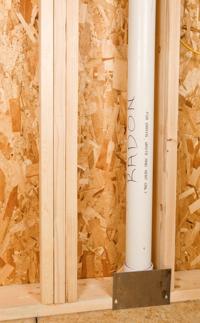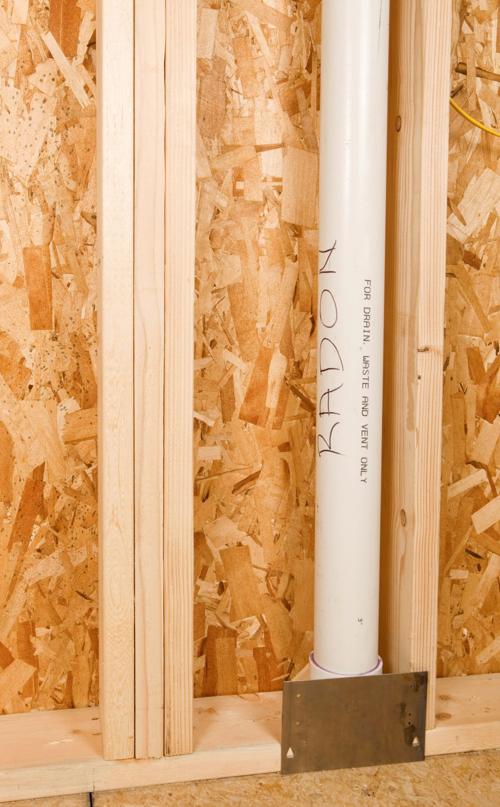Each year, thousands of Arizona residents email or call Rosie Romero’s radio show with questions about everything from preventing fires in their chimneys to getting rid of tree roots invading their sewer system. His goal is to provide answers that suit the specific lifestyle wherever someone lives in Arizona.
QUESTION: My home is located in the Colossal Cave area near Vail and there’s a lot of fractured granite on the site. You really have to use a jackhammer to build here or to plant a tree. I’ve heard that all that granite could create a radon hazard inside a house. So what should I do?
ANSWER: Heavy presence of granite on a site can be a warning sign of radon, a cancer-causing radioactive gas. But there are safe, inexpensive tests available you can do in your house to find out. After running a test, you send the results to a lab to be analyzed. If it is determined that there is a high concentration of radon in your house, the problem can be fixed. Typically, a 4-inch diameter PVC exhaust pipe is installed in a closet and runs from below your concrete slab up to your attic. An exhaust fan on top of the pipe runs continually to blow away the radon, according to Arizona Foundation Solutions, a firm that treats radon problems.
Q: I have 200 square feet of ceramic tile in a room in my house. Is there anything I can put over that? I want to cover it up instead of replacing it. Can I put tile over tile?
A: Yes, that’s usually possible to do, but what you are covering up has to be absolutely solid with no cracks and no hollow sounds in the old flooring. But you’ve got to realize that once it’s done, your new floor level can be half an inch higher than the old floor. That means your cabinet toekicks will be shorter; the dishwasher and refrigerator may not fit in their old spaces. Doors to the room may even need trimming. If you can live with those adjustments, covering the old tile will be faster and less messy than removing it. They actually sell tiles that are made to lay on your old tile.
Q: I want to clean the grout lines between the tiles in my house. I have a lot of tile with half-inch grout lines that look very dirty. I’ve gotten down on my hands and knees and tried to use a toothbrush and vinegar to clean it. But that did very little. Can I stain the grout? And how do I do that?
A: Staining grout can be a difficult and messy job, but it can greatly improve the appearance of your flooring. To start, equip yourself with protective gear: safety goggles for your eyes, heavy gloves, kneepads and old clothes. Then you buy sulfamic acid powder, a colorless compound that is safer than most other cleaning agents. Mix the powder with water, according to directions. Apply a heavy layer on the grout. Let it set 30 minutes; then remove it, and you’ll find you’ve got up all the dirt that stained the grout. After wiping up the mixture, let the grout dry for 24 hours. Then you’re ready to apply colored grout stain to the floor.
Generally, this process is an excellent repair for a home. As you apply the stain, you’re actually sealing all the pores in the grout so that any time you spill something in future, the spilled liquid will sit right on top of the grout and be easy to wipe up.





